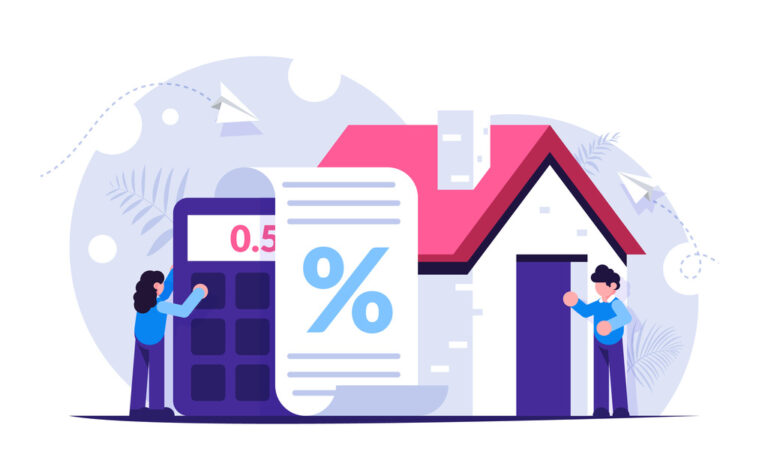Personal loans offer versatile funding that you can utilize for various needs: buying a significant item, financing home renovations, covering unforeseen costs, or consolidating debt, among others. Additional motives might include funding a wedding, managing moving expenses, or supporting your dream vacation.
It’s essential to comprehend the workings of these loans, their uses and limitations, and which kind of personal loan suits you best.
What Is an Personal Loan?
An individual loan allows you to borrow a set amount of money that is paid back in monthly installments over a fixed term with a stable interest rate. This makes it an effective financing tool for a broad array of purposes.
Key features of an individual loan include:
Versatile financing: Individual loans provide a means to fund various needs. Secured or unsecured: Individual loans can be secured with collateral or issued without collateral, relying on a strong credit history (unsecured). Customized options: Interest rates, fees, loan amounts, and repayment terms can differ among lenders, offering you choices to find the loan that best meets your requirements.
How Does an Individual Loan Work?
Unlike a credit card, which gives continuous access to funds through revolving credit up to your set limit, an individual loan provides a predetermined sum of cash upfront that is repaid in fixed, monthly payments. These loans are issued through lenders, including banks, which assess your creditworthiness and other financial history aspects. This evaluation helps the lender determine your eligibility and loan terms, including your interest rate.
Typical Applications for Individual Loans
Individual loans are a flexible financing solution. Many individuals use personal loans to pay off high-interest debts, such as credit cards, and consolidate these debts into a single payment. This consolidation can potentially save money on interest and simplify financial management.
People also utilize personal loans to finance significant purchases they may not have the cash to cover outright, like appliances, home improvements, renovations, or other large expenses. Some might opt for a personal loan to manage medical debt or address other unexpected emergencies. Others may choose a personal loan to finance a wedding or vacation.
Limitations on Individual Loans
While individual loans can be used for numerous purposes, they may have certain limitations, such as applying the funds for post-secondary educational expenses or real estate down payments. This is because more specific loan types exist for these goals, and their terms and interest rates might be more suitable.
To ensure your funds can be utilized for your intended purpose, it’s wise to consult a lender about any possible restrictions or other suitable borrowing options before applying for a personal loan.
Security in Personal Loans: What It Is and How It Works
Security in personal loans is crucial to ensure that both parties involved, the lender and the borrower, are protected throughout the loan process. Below, we explain the main security aspects and how they work:
1. Credit Assessment:
What it is: Credit assessment is the process by which the lender analyzes the financial history and repayment capacity of the loan applicant.
How it works:
- Credit History Analysis: The lender checks the applicant’s credit history, including past debt payments, defaults, and credit score.
- Income Verification: The lender verifies the applicant’s income sources to ensure they have sufficient financial capacity to repay the loan.
- Debt-to-Income Ratio: The lender assesses the ratio between the applicant’s income and existing debts to determine if they can take on a new debt without compromising their finances.
2. Collateral:
What it is: Collateral refers to assets or guarantees that the borrower offers to the lender as additional security for the loan.
How it works:
- Tangible Collateral: Assets such as real estate, vehicles, or other valuable items that can be seized in case of default.
- Cosigners: A person who agrees to be responsible for the loan repayment if the primary borrower is unable to pay.
- Insurance: Some institutions require the loan to be covered by insurance, which can settle the debt in the event of the borrower’s death or disability.
3. Loan Agreement:
What it is: The loan agreement is a legal document that details all the terms and conditions of the loan.
How it works:
- Terms and Conditions: Includes details about the loan amount, interest rates, repayment terms, and any applicable fees.
- Obligations of Parties: Specifies the borrower’s responsibilities in terms of repayment and the actions the lender can take in case of default.
- Protection Clauses: May include clauses on debt renegotiation, default conditions, and rights to enforce collateral.
4. Identification and Authentication Procedures:
What it is: Verification of the applicant’s identity to prevent fraud.
How it works:
- Documentation: Request for official documents such as ID, Social Security Number, and proof of residence.
- Authentication: Methods such as electronic signatures to ensure the applicant is who they claim to be.
5. Monitoring and Support:
What it is: Ongoing monitoring of the loan after it is granted.
How it works:
- Payment Monitoring: The lender tracks monthly payments to ensure the borrower is meeting their obligations.
- Customer Service: Provision of support to address any questions or issues related to the loan.
In summary, security in personal loans involves a series of measures and procedures aimed at ensuring that the process is transparent, fair, and safe for both parties. These measures include credit assessment, collateral requirements, detailed loan agreements, identity verification, and continuous payment monitoring.
Conclusion: Is an Individual Loan Suitable for You?
Individual loans are favored for a reason — they provide flexible, convenient financing that can assist in covering some of your most significant expenses. If repaid promptly and in full, they can also help enhance your credit score. However, they demand financial responsibility, so it’s crucial to thoroughly evaluate your financial situation before applying. Decorama can offer the information and advice you need to make a well-informed decision.

